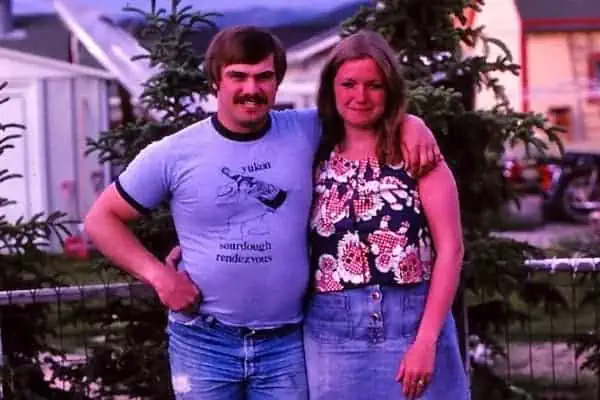In September 2008 I visited Scotland with Casey Lee McLaughlin.
I was almost killed on the slopes of Ben Nevis and I nearly went to heaven in the Oban distillery, but before we made tracks for the highlands, we had a couple of days to kick around London.
Sure, Trafalgar Square was neat and Buckingham Palace was grand, but I really wanted to travel 45 minutes north to Cambridge, England and find the grave of the Austrian-British eccentric, Ludwig Wittgenstein.
Casey, who is always down for an old-fashioned grave hunt, readily obliged.
Wittgenstein (1889-1951) is widely considered the most important philosopher of the 20th Century; twice he gave birth to new movements.
The publication of his Tractatus Logico-Philosophicus in 1921 gave rise to Logical Positivism, a system of thought that maintains the only meaningful statements we can make are the ones that can be empirically verified.
Then, Philosophical Investigations was published posthumously in 1953, and birthed Ordinary Language Philosophy, which holds (roughly) that dissolving philosophical problems requires one to pay attention to people’s regular use of language in a variety of contexts.
No one, dead or alive, has ever made me think harder than Dr. Wittgenstein.
Casey and I got an early start from our London hostel and arrived in Cambridge mid-morning.
Morale: high.
It would be easy, I assured her. Everyone would know where to find the resting place of this mad genius; it would be akin to finding Jim Morrison in Paris.
It was nothing of the sort; nobody had a clue.
With a chicken-scratch map, we took a bus to the edge of town and began wandering further into the fringes, looking for the Ascension Parish Burial Ground (APBG).
We walked and walked. We walked until we were pretty sure we had walked too far and then we walked further.
Morale: a little pale.
Finally, we found ourselves alone amongst rolling English pastures; reluctantly we backtracked.
The sun, once an optimistic orb, was now bending ominously towards the horizon.
As we retraced our steps, we rechecked our map, tested new theories, rounded new corners and asked new people — to no avail. Eventually we found our way back to the exact same bus stop we left five hours previously.
Morale: lower than Dr. Wittgenstein himself.
Flailing with the idea of failure, we resolved to make one more attempt. On a wing and a prayer we investigated a narrow, overgrown country lane we had already passed twice. We trudged down the path a few hundred metres and stumbled on a dilapidated abbey, guarded by an old tabby. We had arrived at the APBG.
A moment of euphoria quickly gave way to anxiety. The sun was down and the light was fading fast. We stood amidst hundreds of graves with no discernible method of arrangement.
I bounced around in a blind panic, equally as unmethodical as the graves I was investigating. Casey, meanwhile, wisely found a diagram of the cemetery and located Wittgenstein’s grave — it was as plain as potatoes.
I hunched over and wiped the dirt away. Someone had used coins to spell out “Nothing is hidden” on his headstone — a reference to one aspect of his latter philosophy.
I left my own memento — a hastily written note — and then we left.
I was melancholy to discover that our heroes can spend their afterlives in all-but-forgotten earth, but I was firm in my resolve that they remain heroes none-the-less.




